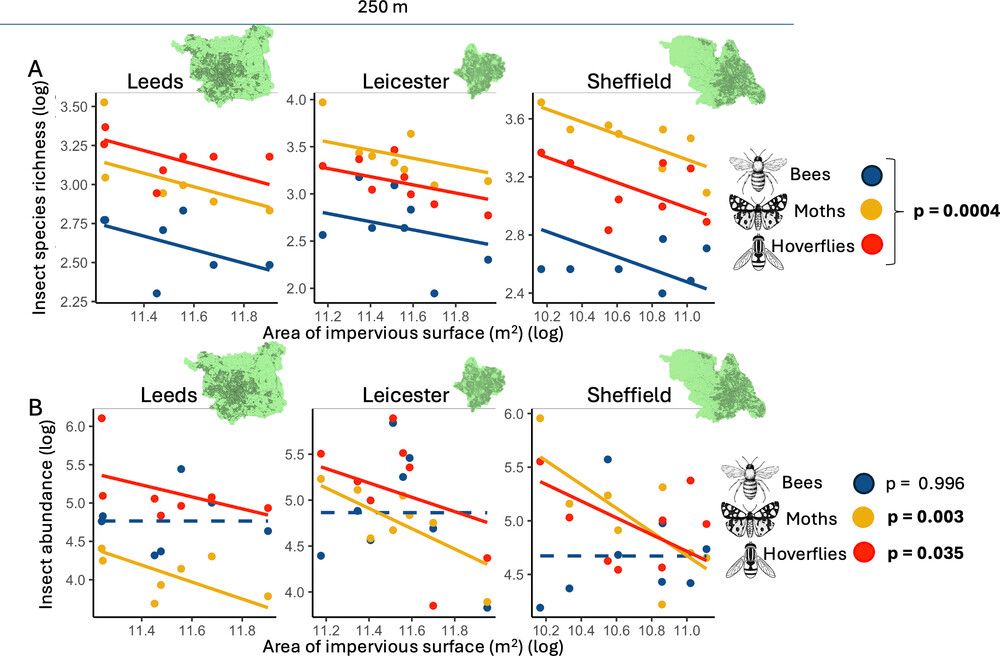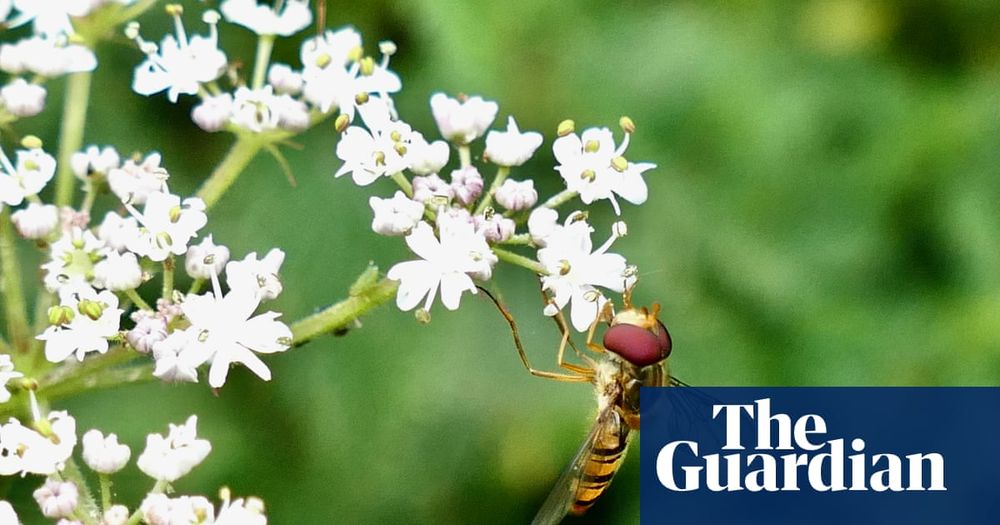
@plantspeopleplanet.bsky.social #openaccess
doi.org/10.1002/ppp3...

@plantspeopleplanet.bsky.social #openaccess
doi.org/10.1002/ppp3...
We show that moth communities are experiencing an overall “warming,” with a clear latitudinal pattern: extinction in the north and colonisation in the south.
doi.org/10.1038/s414...

We show that moth communities are experiencing an overall “warming,” with a clear latitudinal pattern: extinction in the north and colonisation in the south.
doi.org/10.1038/s414...

We show that moth communities are experiencing an overall “warming,” with a clear latitudinal pattern: extinction in the north and colonisation in the south.
doi.org/10.1038/s414...



www.nature.com/articles/s41...

Led by Jussi Mäkinen
doi.org/10.1073/pnas.2415260122
@pnas.org @rececochange.bsky.social
Led by Jussi Mäkinen
doi.org/10.1073/pnas.2415260122
@pnas.org @rececochange.bsky.social


